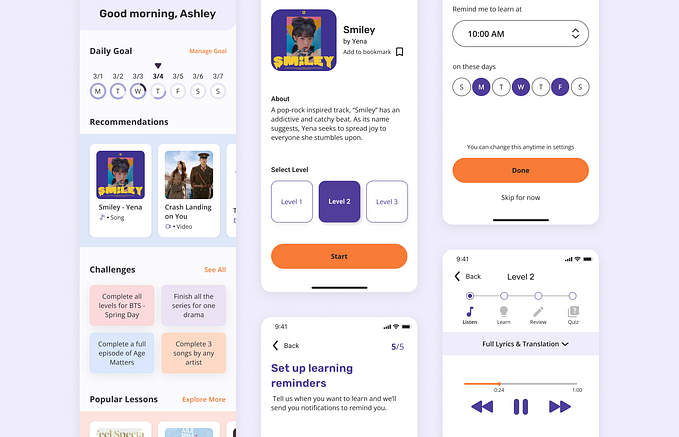What to learn from the Forest app’s Gamification.

Hello,
This is part 2 of the series on “Gamification in User experience design” so if you haven’t checked what gamification is, I’ll urge you to check part 1 of the blog here.
briefly,
“Gamification is the process of designing a service that places the most emphasis on human motivation. In essence, it is a Human-Centered Design (HCD) Process.”
Okay, so let’s get started with the case study which will help to understand how “Gamification” actually works and more importantly how you can use it!
I am pretty sure that this read will help you not only to understand the practical ways of applying gamification principles but also to access other products & services.
About Forest:
Have you been in the situation of getting addicted to your smartphone and not being able to get out of the cycle?
You’re not alone, many of us including me have fallen in that trap and found it hard to get out of it.
But thankfully, there’s one app that helps you get out of this addiction with the help of gamification.
yes, its Forest!
I wish I had known about it earlier. Although there are many such “productivity apps” out there on the app store although very few are as “engaging” as forest.
In one sentence, Forest is a useful application that helps you go phone-free(yes!) by inspiring you to plant trees(real trees boy!!). you can read more about the app here.


As you already read about the eight-core drivers of gamification in Octalysis in part-1, I’ll directly jump on the analysis of “Forest’s eight-core drivers of gamification”. I have also included the features under each core-drivers to help better understand it along with the attributes each one has.
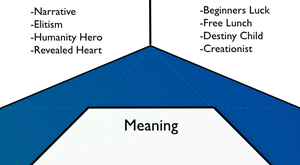
01 Epic Meaning & Calling:
where a player believes that he is doing something greater than himself or he was “chosen” to do something.
Narrative: Growing virtual trees by not using your phone and staying productive.
Humanity Hero: Planting pixelated trees and planting enough to convert them into real trees.
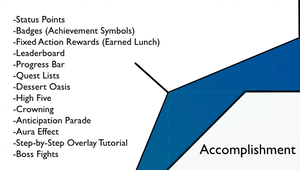
02 Development & Accomplishment:
the internal drive of making progress, developing skills, and eventually overcoming challenges.
Progress bar: Forest app provides analytics of daily, weekly, monthly usage, and progress.
Badge: Virtual coins and a grown tree is a badge of accomplishment of productivity.
Status Points: Real-time status of the sapling planted, Forest uses tomato technique for the timer to show status.
Leaderboard: Forest shows you your garden, number of plants, you can compare it with friends to compete (both virtual and real trees). It also shows leaderboard to compare globally.
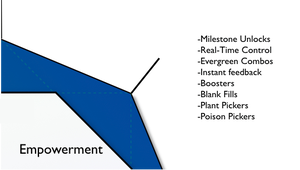
03 Empowerment of Creativity & Feedback:
It is when users are engaged in a creative process where they have to repeatedly figure things out and try different combinations.
Booster: On an advanced level, Forest gives you gems which can be multiplied by watching advertisements(In-App)
Milestones: This is a beginner to advanced levels on the forest app based on your performance over time.
Plant picker: You get to choose your favorite plants, you can also shop plant skins, audio tracks in in-app purchases.
Poison pitcher: Forest app gives you a choice to either adhere to your challenge and keep your plant growing or withdraw to let it die.
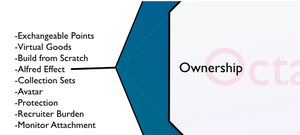
04 Ownership & Possession:
When a player feels ownership, she innately wants to make what she owns better and own even more.
Build from scratch: Forest app allows you to own your entire forest from scratch and build, which gives a great sense of ownership for every sapling.
Collection set: It offers a wide variety of collections from different kinds of trees, skins, audio tracks, coins, etc to customize your forest.
Protector Quest: The user becomes possessive about their saplings and will not feel good seeing them die(because of them).
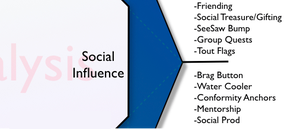
05 Social Influence & relatedness:
This drive incorporates all the social elements that drive people, including mentorship, acceptance, social responses, companionship, as well as competition and envy.
Brag: There’s a lot to brag about on the App. from the number of trees, the rare ones! The unique skins and audio tracks you collected to your leadership position.. And yes how many trees you planted this month! The game is on.
Conformity anchors: It’s a win-win for users, they get to become heroes by planting real trees! How? By being more productive!
Group Quest: Inviting friends to plant and grow trees together helps the entire circle being productive at the same time and accountable too!
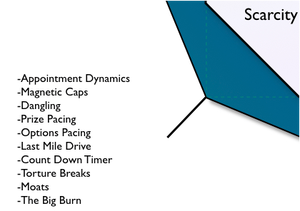
06 Scarcity & impatience:
This is the drive of wanting something because you can’t have it.
Evolved UI: The app opens up new features as a user progresses like planting actual trees, unlock certain trees, etc.
Magnetic cap: On special occasions like earth day, the app releases exclusive offers for the users to value scarcity.
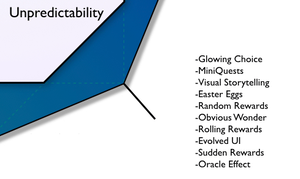
07 Unpredictability & curiosity:
If you don’t know what’s going to happen, your brain is engaged and you think about it often.
Glowing choice: The curiosity and excitement to explore the features of the app without revealing them to a user.
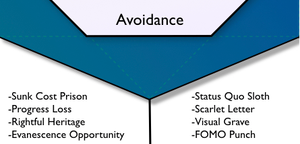
08 Loss of Avoidance:
This core drive is based upon the avoidance of something negative happening.
Countdown Timer: The user is given a countdown time of 10 seconds if she leaves the app while planting.
FOMO punch: The fear and insecurity they will be left behind in their circle and globally if they exit a challenge.
Rightful heritage: Users get possessive about their plants and try hard not to kill them.
Status quo sloth: The app requires taking action right away thus avoiding procrastination.

Above is the Octalysis diagram which plots all the eight-core drivers(representing each side) on the graph to understand the intensity of each driver(with its effective attributes in the forest app) and its effect on the overall experience.
You can find the octalysis template here which I have used.
Overview:
Forest has a good balance of both white and black hat motivation techniques as well also between left brain and right brain core drives, meaning a good balance between intrinsic and extrinsic motivation. This can help us understand what’s driving the user experience of service and where some features need to be redesigned.
I hope this was helpful to you. hit me up or comment below if you have any doubts/suggestions or queries. I am a user researcher and product designer.
let’s connect on Linkedin or Instagram to talk more.








